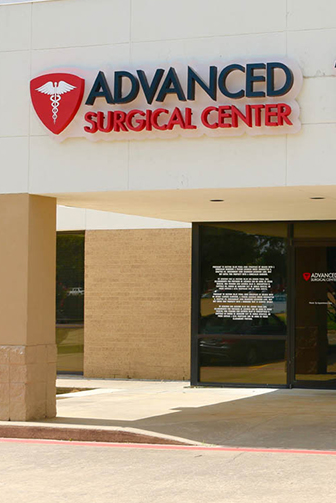Call us
(469) 513-26661018 East Wheatland
Duncanville, TX 75116.Our email
mail@advancedsurgical.com

Heart Failure
- Home
- Heart Failure
Heart Failure

What is heart failure?
Heart failure means that the heart does not pump as much blood as it could if it was healthy. This can happen to the right side of the heart, left side of the heart, or both, and there are two ways it can happen. Remember that the right and left ventricles are the two heart chambers that pump blood to the lungs (from the right side) and to the brain and body (from the left side).
Systolic heart failure
If a ventricle is diseased or damaged and cannot squeeze enough blood each time it pumps, it is called systolic heart failure.
Diastolic heart failure
The ventricular heart muscle can also become thick and stiff, which prevents it from being filled with enough blood. In this case, the ventricle is able to squeeze well enough, but the amount of blood it pumps is limited by how much blood is in the chamber at the start. This is called diastolic heart failure.
Symptoms of heart failure
While fatigue and a fast heart beat are common symptoms in any heart failure, there are other signs that depend on which side of the heart is affected. Right heart failure causes a backup of blood in the body’s veins, and this is often seen by increased swelling in the legs. In contrast, left heart failure leads to a backup of blood in the lungs, which commonly causes shortness of breath, especially when lying down. Both kinds of heart failure can worsen and lead to other organ damage down the road.
What is it?
Heart does not pump as well as it should- High blood pressure
- Ischemic heart disease
- Diabetes
- Lung disease
- Valvular heart disease
Risk Factors
- Fatigue
- Swollen legs or abdomen
- Shortness of breath
- Exercise intolerance
- Weight loss
Symptoms
- Exercise testing
- Cardiac catheterization
Testing
- Echocardiogram
- Cardiac Catheterization
Imaging
- Treat associated causes
- Lifestyle changes
- Low-salt diet, fluid restriction, weight loss
- Medications
- Pacemaker or ICD

